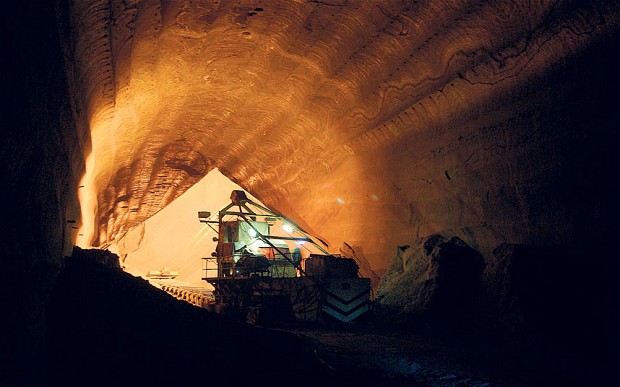The potash sector is currently being troubled by falling crops prices, which are believed to negatively affect also fertilizer prices. The industry has been on a downward trend since the beginning of this year, the occurrence which is however part of a bigger picture. The trend began as early as in 2009 amidst the financial crisis. Yet, a number of major investment companies have recently finalized lucrative investment deals, which are generally seen as a good sign for the entire sector. For instance, ValueAct Capital Management, a San Francisco-based investment company, announced that it had bought approximately 8.2 million shares of Agrium, a major retail supplier of agricultural products and services in North America, South America and Australia, whereby the purchase accounts for about 5.7 percent of the company’s value. Companies like ValueAct Capital believe in an overall improvement in the market situation in the coming years and this belief has in turn helped kick-off general interest in the fertilizer industry. As a result, the price of potash was steadying in the second half of October after ValueAct had announced the purchase.
Although many of the major potash players logged a drop in their earnings for this year, CEOs generally observe that potash demand has been more responsive than expected despite a lukewarm crop pricing environment. However, companies argue that consumption will go up as food demand increases, which will then effectively balance out the oversupply in the potash market. Thus, the reason why major investment companies still consider the fertilizer sector as very lucrative is simply the fact that the future prospects of the market must be seen in the context of the food industry as a whole. The truth is that the world’s food demand is rising, the term “food security” has become a buzz word, and we still only have limited resources to choose from.
The acres of arable land are limited, food demand is on the rise, and weather patterns are making farmers consider other ways to increase their yields. The primary way to do it is, quite naturally through fertilizer applications. Thus, while the potash industry may not be in the best shape at the moment, rising demand boosted by increasing need for food crops will therefore likely bring improvement in the period ahead. As Ethan Park of Extract Capital aptly summed up the future prospects for fertilizers, “Everyone has to eat.”
This ultimate truth has been recognized by potash developers, which can be currently divided into two groups: those seeking to succeed in niche markets or those seeking to produce muriate of potash (MOP). The companies are now carefully balancing which way to go. Niche segments are a bit risky in any market and muriate of potash is currently hard to get for production. All in all, potash has always been a capital-intensive business, so it is crucial now for companies to show case projects that are cheaper than $300-per-tonne. Therefore, companies having this in mind may consider sulphate of potash (SOP), which is very popular for instance among U.S. investors. SOP is seen as an attractive commodity thanks to its usage in fruits, vegetables and other high-value crops, demand for which is on the rise. In the United States, demand for SOP has been also triggered by extreme droughts.
Although the current situation might not serve as a precise indicator for the future developments in the potash and fertilizer industries, major investment companies know that the future of potash is a function of the conditions in food industry. Thus, despite the current oversupply in the market combined with tumbling prices of crops, there are still high expectations and reasons why the fertilizer market makes for a good investment in the long run.




